Have you ever looked in your toddler’s diaper and found their dinner from the night before? It looks pretty much like they’ve just shoved a few raisins and peas into their pants. As horrifying as it may seem, that is what is known as “Toddler Diarrhoea”, or “Chronic Diarrhoea of Infancy” or even “Toddler Diarrhea” depending on how you like to spell things.
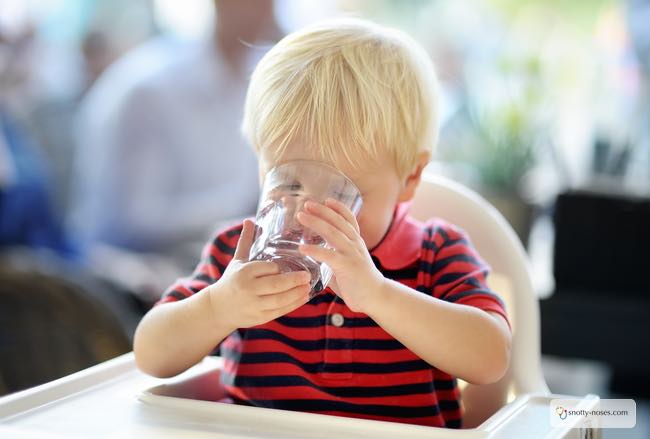
What is Toddler Diarrhea?
Basically it’s poo with lumps of undigested food. You’ll see bits of peas, sweet corn, plumped up raisins, whatever you’ve been feeding them.
Children may have several episodes of loose poo a day, often with lumps of food visible. Occasionally they can have up to 10 poos a day. Some children just have lumps of food in their poo without any watery poo.
Toddler diarrhoea isn’t dangerous. As long as your child is growing well, in good spirits and has no other signs of illness, it’s just one of those things. (Your doctor may want to do some tests, such as a stool test to exclude other causes of chronic diarrhoea just to make sure there is nothing more serious going on.)
Who Gets Chronic Diarrhoea of Infancy?
Normally it affect children aged between 6 months and 30 months. It usually resolves by the age of 4.
Why do Toddlers Get Toddler Diarrhea?
The exact cause of the diarrhoea is not known. It is not due to malabsorption (when your gut doesn’t absorb things properly) or to a food intolerance.
Toddler diarrhoea is often seen in children who eat low fat foods, drink lots of fruit juice or squash or have a very low or very high fibre diet.
The reason you can see lumps of food is because they don’t chew their food properly. The food just passes through them pretty much undigested. Once they learn to chew it up more, it will be broken down before it passes through them. But when they are little and swallow things pretty much whole, their tummies can’t break down the big lumps so you can see them in their nappies.
You can teach your child to slow down and chew their food. Eating slowly is one of those great healthy eating habits that I encourage.
Toddler Diarrhea Treatment
No medical treatment is needed.
Changing your toddler’s diet may help. A “regular healthy diet for toddlers” is recommended.
- Full fat rather than low fat products (e.g. milk and cheese).
- Drink water and not fruit juice or squash.
- Increase fibre in the form of healthy fruit and vegetables and “brown” grains. (Although if your toddler is on a very high fibre diet, it may be worth reducing it a bit. Most toddlers aren’t on a high fibre diet.)
Other Causes of Toddler with Diarrhea
- Viral gastroenteritis (aka a tummy bug)
- Other infections (bacteria, food poisoning and parasites)
- Medicines such as antibiotics
- Drinking too much juice
- Food allergies or intolerance
- Teething
- Other chronic illnesses such as cystic fibrosis and celiac disease
Trouble Feeding Toddlers?
Are you having problems with feeding your toddler a healthy diet? It can be SO frustrating at times. Check out my Feeding Toddler Cheat Sheet and Food Diary, that you can get for free. Just sign up to my newsletter and I’ll send you helpful tips for the most stress free way to teach your kids healthy eating habits from an early age.
Toddler Diarrhoea in Summary
Normally toddler diarrhoea is just mild with lumps of visible food in your toddler’s poo. Occasionally it can be more of a nuisance with more loose poo each day. However, your child is otherwise in good health and continues to grow.
Treatment is dietary and as simple as eating a balanced healthy diet for toddlers, no low fat products, water as your main drink and lots of healthy fruit and vegetables.
Toddler diarrhoea resolves naturally by the age of 4.
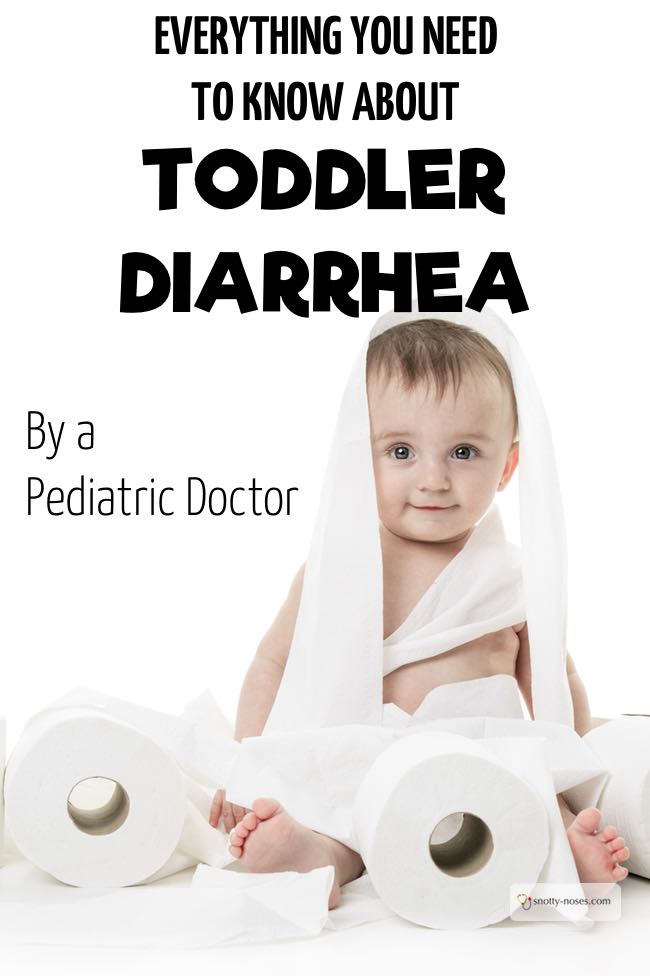
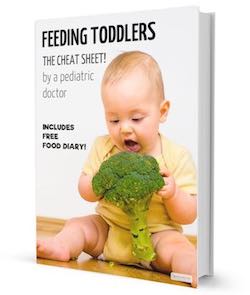
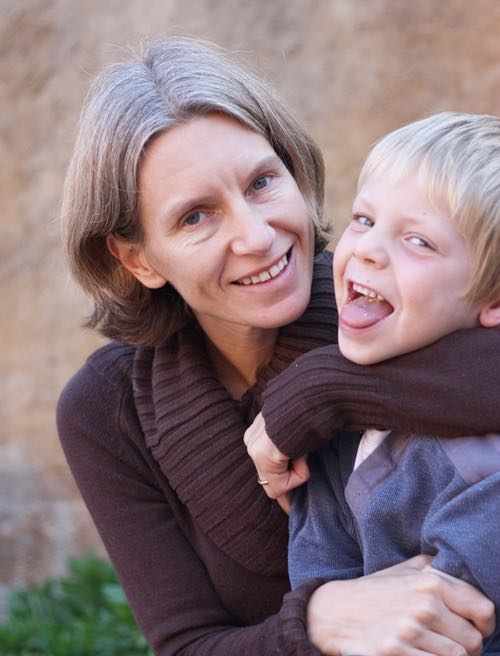
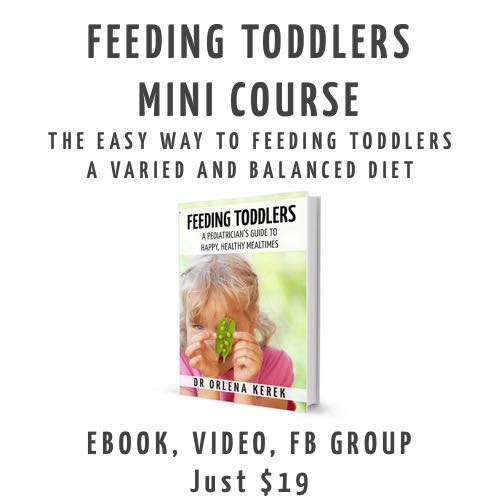 Feeding Toddlers.
Feeding Toddlers.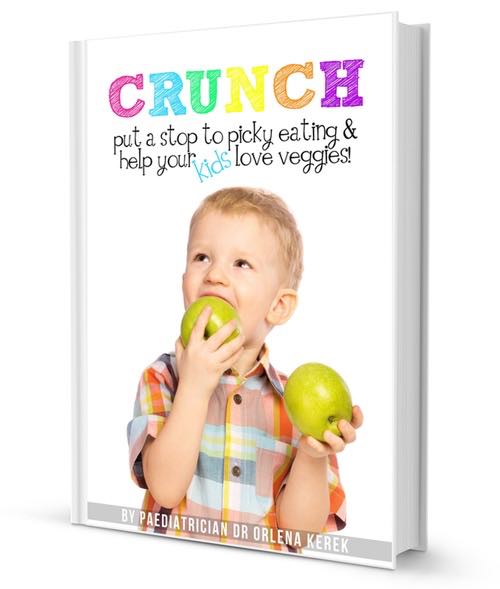 Would you like your kids to eat more healthily? Check out the book!
Would you like your kids to eat more healthily? Check out the book!